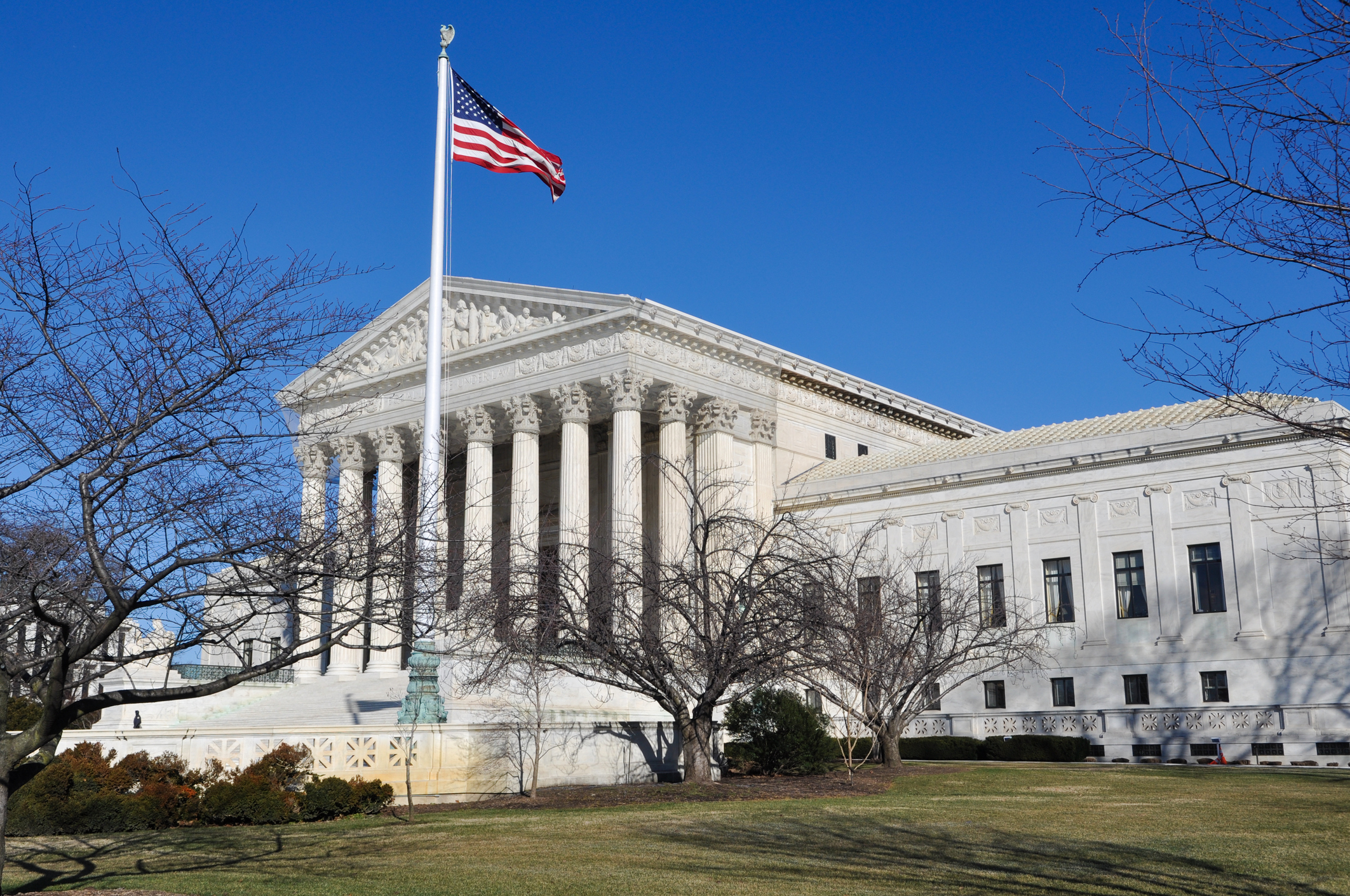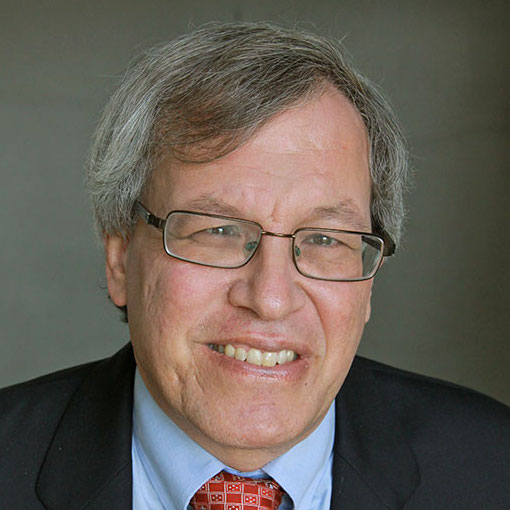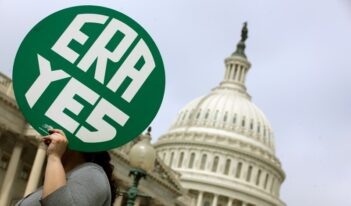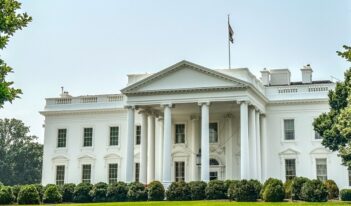
A number of Supreme Court doctrines make it difficult for citizens to sue police officers and their government employers.
The U.S. Supreme Court deserves some of the blame for the problem of police misconduct, including officers’ excessive use of force. In spite of the crucial role that civil liability plays in deterring police misconduct, the Court has created enormous obstacles to holding officers civilly liable for their actions. It has fashioned a number of legal doctrines that make it very difficult—and sometimes impossible—for citizens to sue police officers or the government entities that employ them. Victims of police abuse therefore are often left with no legal remedy.
Among the obstacles that the Court has created include various forms of immunity for police officers. Accordingly, although the Court has held that excessive police force violates the Fourth Amendment, every government officer who is sued for money damages can raise immunity as a defense.
For certain tasks, some officers are accorded “absolute immunity” which means that they cannot be held liable no matter how egregious their actions or how serious the injuries they inflict. In the 1983 case, Briscoe v. LaHue, for example, the Supreme Court held that police officers have absolute immunity to civil liability for testimony that they give as witnesses—even when they commit perjury. Put another way, a police officer who lies on the witness stand cannot be sued for money damages, even if that officer’s lies ultimately result in the imprisonment of an innocent person.
Many critics of this principle have said that the problem of police perjury is endemic—so much so, that it even has been given a name, “testilying.” Testilying sometimes occurs in proceedings involving excessive police force, as officers attempt to cover up what truly happened, and instead seek to put the blame on the victim.
The protection against civil liability runs deep, with absolutely immunity extending not only to officers who commit perjury, but also to prosecutors who knowingly rely on perjured testimony. This principle was articulated in 1976 in Imbler v. Pachtman, in which the Court ruled that a prosecutor had absolute immunity and could not be held civilly liable for having knowingly using perjured testimony that led to an innocent person being imprisoned for nine years.
Furthermore, even when officers do not have absolute immunity, they always have “qualified immunity” when they are sued for money damages. This means that government officials can be held liable only if they violate clearly established law that a reasonable officer would know. In case after case, the Supreme Court and the lower federal courts have found that police officers could not be held liable for excessive force because there was not a case on point explicitly disapproving such conduct.
For example, in the 2014 case, Plumhoff v. Rickard, the Supreme Court, reversed a lower court that had denied qualified immunity for the police officers and held that the officers could not be held liable for shooting and killing a driver and a passenger after a high-speed chase. The case concerned police officers in West Memphis, Arkansas, who had pulled over a white Honda Accord because the car had only one operating headlight. Rather than comply with the officer’s request to get out of the car, the driver made the unfortunate decision to speed away. The police gave chase for five minutes, during which time both vehicles reached speeds of over 100 miles per hour. Eventually, officers fired 15 shots into the car, killing both the driver and the passenger.
The Supreme Court ruled in favor of the police. Justice Samuel Alito reasoned that the driver’s conduct posed a “grave public safety risk” and that the police therefore were justified in shooting at the car in order to stop it. The Court said, “[i]t stands to reason that, if police officers are justified in firing at a suspect in order to end a severe threat to public safety, the officers need not stop shooting until the threat has ended.”
This is deeply disturbing. With this pronouncement, the Supreme Court established that whenever there is a high-speed chase that could injure others—and that would seem to be true of virtually all high-speed chases—the police can continuously shoot at the vehicle until it stops, instead of, say, taking the license plate number and tracking the driver down later, or even shooting out the car’s tires. The Court then went even further, stating that even if the officers’ conduct had violated the Constitution, they could not be held liable because they were entitled to qualified immunity.
Limiting suits against individual police officers might be more tolerable if the governments that employed them could be sued. Indeed, in many non-government contexts, employer liability is a potent force: employers usually can be held liable if their employees, in the scope of their duties, injure others, even negligently. Such potential for liability provides a powerful incentive for employers to control the conduct of their employees and ensure that those injured by their employees’ actions will be compensated.
But this is not so for constitutional claims involving employees of local governments. A local government can be held liable only if it is proven that the city’s or county’s own policy violated the Constitution. And the 2011 case, Connick v. Thompson, illustrates just how difficult the Supreme Court has made it to prove municipal liability. Despite the prosecutorial misconduct that occurred in that case, which led to a local court in New Orleans wrongfully convicting John Thompson and causing him to languish in prison for 18 years—four of them on death row—the Supreme Court refused to find the city liable for the prosecutor’s misconduct.
Specifically, just two days before Thompson’s trial began, the assistant district attorney received the crime lab’s report concerning the murder for which Thompson was being tried, which stated that the perpetrator of a related armed robbery had a different blood type from Thompson’s. Yet at trial, the defense was not informed of this crucial information. The assistant district attorney instead hid it—leading to Thompson’s conviction and placement on death row, with his execution date coming ever closer.
Through a series of fortuitous coincidences, Thompson’s lawyer discovered the blood evidence soon before the scheduled execution. New testing was conducted, and again the blood of the perpetrator matched neither Thompson’s DNA nor his blood type. Thompson’s conviction was overturned. He was eventually acquitted of all charges.
Thompson sued the City of New Orleans, the local government that employed the prosecutors that had tried Thompson’s case. The New Orleans District Attorney’s office conceded that it had violated its constitutional obligations in not turning over the blood evidence at the time of the murder trial. Indeed, that DA’s office had a notorious history of not disclosing exculpatory information to defendants, as required by the Constitution. The jury ruled in favor of Thompson and awarded him $14 million.
But in a 5-4 decision, the Supreme Court reversed, holding that the local government could not be held liable for the prosecutorial misconduct. Justice Clarence Thomas, writing for the Court, explained that New Orleans could not be held liable because it could not be proven that its own policies had violated the Constitution.
By limiting suits against both government officers and government entities, the Supreme Court has closed the courthouse door to those whose rights have been violated. Victims are not compensated, and wrongdoing is not deterred. In this way, the Court has contributed to the serious problem of police violence in American society.
This essay is part of a fifteen-part series, Regulating Police Use of Force.




